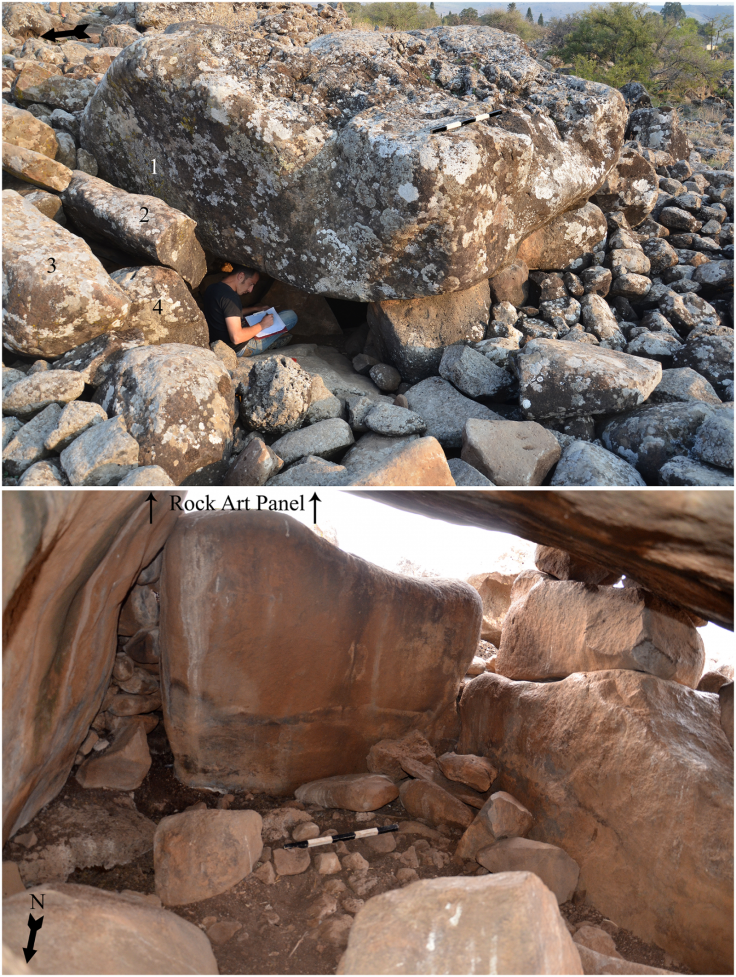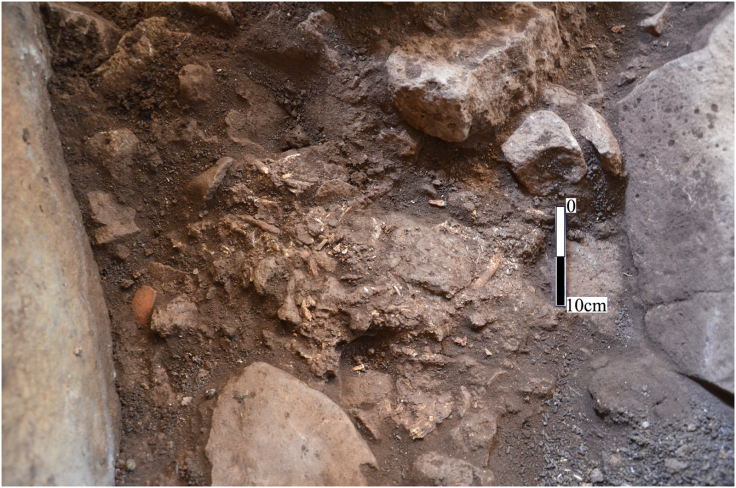Discovery of huge mysterious megalithic tomb rewrites history of Israel's 'Dark Ages'
Burials were found in the main chamber of one of the region's largest dolmens.
On the western foothills of the Golan Heights, in Israel, archaeologists have uncovered the remains of two adults and a child in one of the largest dolmens ever discovered in the region.
This monumental megalithic burial dates back to around 4,000 years ago and could rewrite a period of history in the Levant known as the 'Dark Ages' (between 2350 and 2000 BCE).
Not much is known today about the communities that lived there at this time, between the collapse of the Early Bronze Age urban society and before the establishment of Middle Bronze Age cities.
Indeed archaeologists have not found significant settlements, and they believe that these societies were organised as nomadic, tribal social groups inhabiting rural villages with no central governmental system.
However, these communities have left vast and impressive burial grounds, scattered across the whole of the Southern Levant, including fields covered with enigmatic megalithic dolmens. A recent survey has shown that in the Golan Heights alone, approximately 5,200 structures defined as megalithic burials were identified – most of them dolmens.
These structures are among the most prominent but also the least understood of these 'Dark Ages', and they could be crucial to understanding this period.
Dolmen burial and rock art
In 2012, a team led by Gonen Sharon (Tel-Hai College) decided to find out more and conduct in-depth excavations at the Shamir Dolmen Field, which comprises over 400 dolmens. Their complete findings are now published in the journal Plos ONE.

The team was particularly intrigued by strange rock art engravings on the ceiling of the central chamber of one of the largest dolmen at the site – one of the largest in the entire southern Levant.
This mysterious multi-chambered dolmen has been dated to the Intermediate Bronze Age – the 'Dark Ages'. It is covered by a basalt capstone weighting around 50 tons. The archaeologists' work has revealed a number of burials below it, of both adults and children. This type of multi-burial in dolmens had rarely been seen before in the region.
They also looked at the strange engravings on the ceiling of the dolmen chamber. Representing vertical lines and down-turned arcs, these motifs are abstract in nature. Although there are hard to date, the archaeologists say they were created at the same time as the construction of the dolmen, suggesting they had a meaning for the people who made these lines in the rock.

The archaeologists have identified a number of ceramics, colourful beads and human bones buried a few centimetres below the surface of the soil. They were surprisingly well preserved, and an analysis of the remains suggests that at least three individuals were buried there – an adult male and female and a young child.
So far, the archaeologists have been unable to conclude whether these burials were found as they were first placed or whether they were disturbed by later, secondary burials, as the presence of beads dating from a later period seems to indicate.

What they were able to tell, however, is that these sophisticated, massive megalithic burials challenge traditional perceptions of the 'Dark Ages' societies as small and nomadic. "Building of the Shamir dolmens required a tremendous amount of labour, architectural mastery and complex socio-economic organisation well beyond the capacity of small, rural nomadic groups", the authors write.
The people who lived in the Golan Heights and who built the mysterious dolmens – which appear central to their funerary rites – were probably organised according to a hierarchical, complex, non-urban governmental system, with well-defined customs. This work thus rewrites the narrative of the southern Levant 'Dark Ages'.
© Copyright IBTimes 2025. All rights reserved.






















